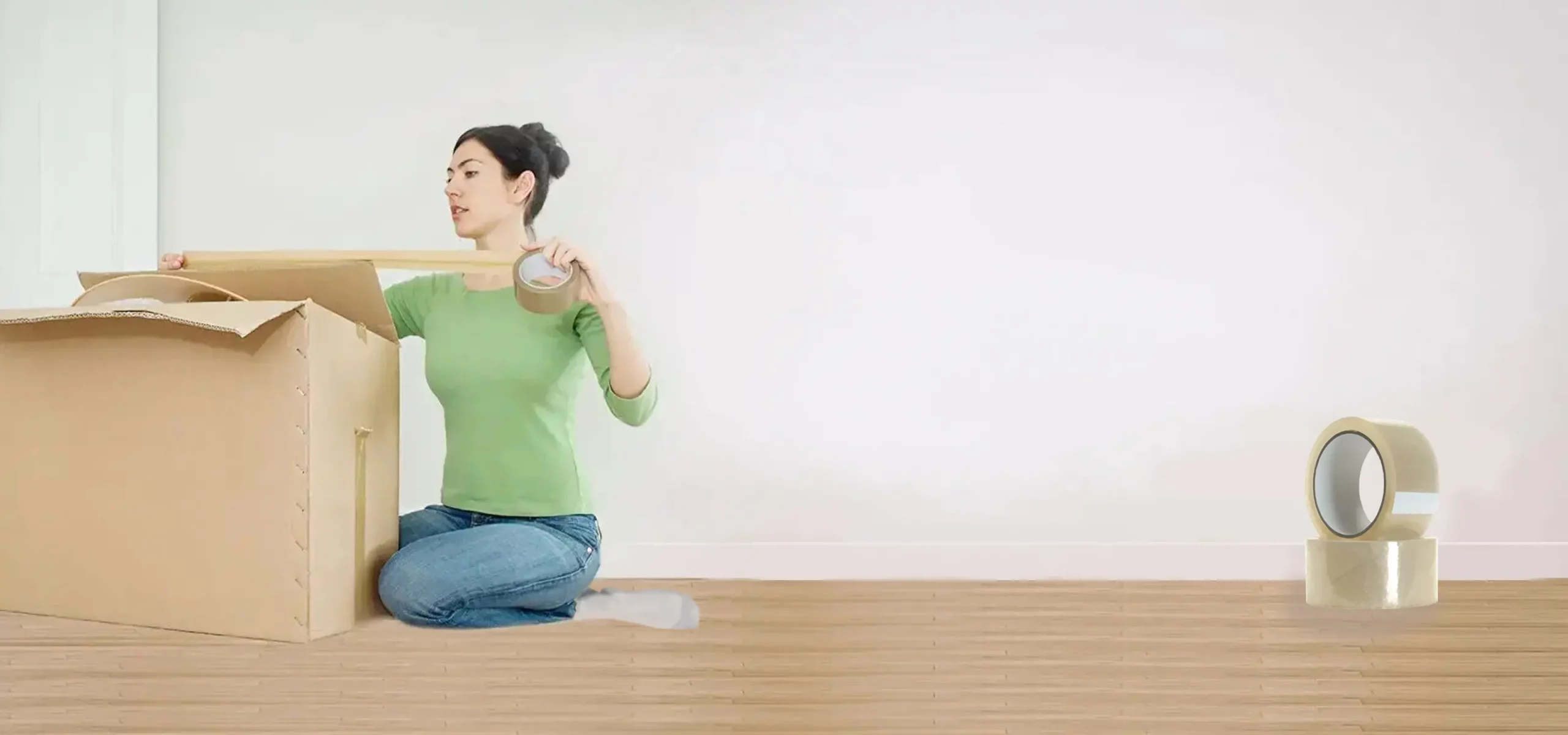
# Packing Tape Essentials: A Comprehensive Guide
## Introduction to Packing Tape
Packing tape is an indispensable tool for anyone involved in moving, shipping, or storing items. This adhesive wonder comes in various types, each designed for specific purposes. Whether you’re preparing for a big move or sending packages regularly, understanding packing tape can make your life significantly easier.
## Types of Packing Tape
### 1. Pressure-Sensitive Tape
The most common type, pressure-sensitive tape adheres when pressure is applied. It’s perfect for sealing cardboard boxes and comes in various widths and thicknesses.
### 2. Water-Activated Tape
Also known as gummed tape, this type requires moisture to activate its adhesive. It creates an exceptionally strong bond and is often used for heavy-duty packaging.
### 3. Filament Tape
Reinforced with fiberglass filaments, this tape offers superior strength and is ideal for securing heavy or awkwardly shaped items.
### 4. Masking Tape
While not as strong as other options, masking tape is useful for labeling boxes or temporary holds during packing.
## Choosing the Right Packing Tape
When selecting packing tape, consider these factors:
– Box weight and contents
– Environmental conditions (humidity, temperature)
– Storage duration
– Special requirements (water resistance, extra strength)
## Proper Application Techniques
To ensure your packages stay securely sealed:
1. Clean the surface before applying tape
2. Use enough tape to cover all flaps
3. Apply firm, even pressure
4. For extra security, use the “H-tape” method (tape along the center seam and both ends)
## Storage and Handling Tips
Proper storage extends your tape’s effectiveness:
– Store in a cool, dry place
– Keep rolls in their original packaging until use
– Avoid extreme temperatures
– Use a tape dispenser for easier application
## Environmental Considerations
Many manufacturers now offer eco-friendly packing tape options:
– Paper-based tapes
– Biodegradable adhesives
– Recyclable materials
– Plant-based alternatives to traditional plastics
## Troubleshooting Common Issues
### Tape Won’t Stick?
Try cleaning the surface with rubbing alcohol to remove dust and oils.
### Tape Breaking During Application?
You may need a stronger tape or should apply it more slowly.
### Residue Left Behind?
Use a commercial adhesive remover or warm soapy water to clean surfaces.
## Conclusion
Understanding packing tape fundamentals can save you time, money, and frustration during your next move or shipping project. By selecting the right type and applying it properly, you’ll ensure your items stay securely packaged throughout their journey. Remember that investing in quality tape often pays off in reduced damage and fewer resealing hassles.
Keyword: packing tape
